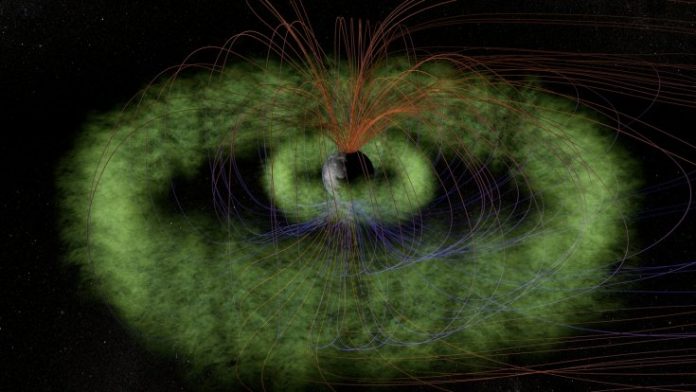Nasa has found the source of the eerie-sounding ‘whistler mode chorus’ in Earth’s atmosphere.
The bizarre noises, which sound like special effects from a science fiction film, have been picked up by sensitive radio equipment since the 1950s.
The event, which usually leads to colourful auroras, is triggered by a plasma wave – created by fluctuating magnetic and electric fields – surrounding our planet, according to a release from Nasa. Astronomers had previously speculated this cause before, but there was no firm proof until researchers from the University of Minnesota noted that the timing of the plasma wave almost coincided with the burst of electrons.
With different speeds and frequencies, plasma waves can be detected and re-interpreted as audible space sounds. These waves can produce different sounds depending on their location and movement.
The two different satellites involved in the breakthrough discovery were FIREBIRD II cubesat, orbiting at an altitude of 500km, and one of the two Van Allen Probes which are positioned even higher in a wide elliptical orbit.
Studies of the data captured by the two crafts revealed that soon after the probe captured the chorus whistler waves from its vantage point, FIREBIRD II also recorded a loss of electrons from the space around the Earth.
“Observing the detailed chain of events between chorus waves and electrons requires a conjunction between two or more satellites,” said Aaron Breneman, a researcher at the University of Minnesota and lead author on the paper published in Geophysical Review Letters. “There are certain things you can’t learn by having only one satellite — you need simultaneous observations at different locations.”
The data collected by the satellite also included the whistler wave, which has been shared by the agency on SoundCloud. The sound of the wave is similar to the sound of chirping birds.















